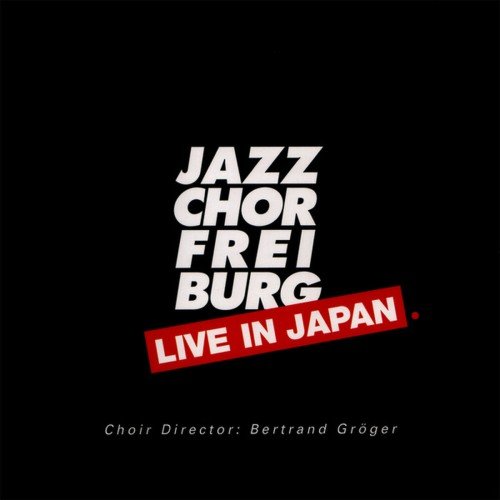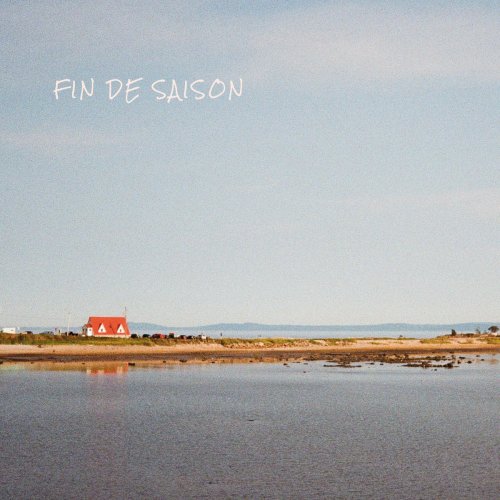A Guide for Reason - XIII - XIV (2015)
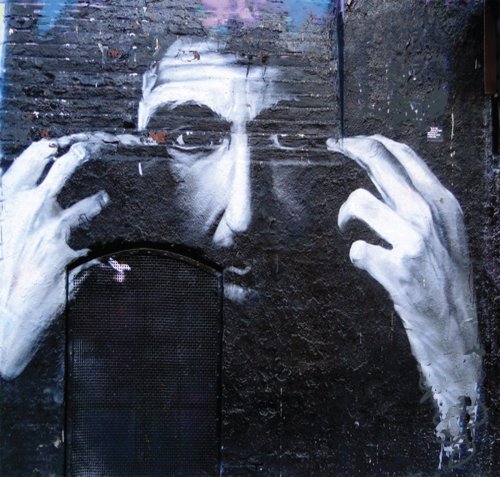
Artist: A Guide for Reason
Title: XIII - XIV
Year Of Release: 2015
Label: Faith Strange
Genre: Electronic, Ambient
Quality: 320 Kbps
Total Time: 40:41 min
Total Size: 101 MB
WebSite: Album Preview
Tracklist:Title: XIII - XIV
Year Of Release: 2015
Label: Faith Strange
Genre: Electronic, Ambient
Quality: 320 Kbps
Total Time: 40:41 min
Total Size: 101 MB
WebSite: Album Preview
1. The Wonder Room (Letting Through All The Hidden Powers) 19:58
2. The Road To The Beginning Again (What Gets Left Behind To Which One Always Returns) 20:42
A Guide for Reason is a musique concret / deep listening avant garde project from experimental guitarist Mike Fazio, a veteran who has released countless albums in the previous 20 years under aliases such as orchestramaxfieldparrish and Aera as well his own name Mike Fazio, most with very limited distribution. The sound of his work is most often a liquid, freeform textural ambience created with a combination of guitar and digital FX, containing soothing consonance and beautiful tones as well as eruptions of chaotic noise and a haunted feeling.
"XIII - XIV" is his 4th release under the A Guide For Reason name, the two length 20 minute tracks on the album naturally succeeding the two on the "VII - VIII" EP in 2011. This was possibly my favorite Fazio release of all I've heard, a vibrant yet simplistic 20 minute release in which most of the music involved a single sound which fascinates me still, sounding something like a recording of a glass object bobbing in water run through a vocoder to take on the rainbow halo of a synthesizer chord.
A Guide For Reason tends to be a spacious form of music, zeroed in upon the subtleties of individual sounds in succession, or 'gestures'. This album, I feel, represents a more complex soundscape that I've heard in the past from this alias, but generally keeps this gestural mode of progressing through ideas.
The complexity comes from the vast number of total sound sources and sections. It is difficult to summarize what the music on this album sounds like, because it changes roughly every 2 minutes, the larger 20 minute tracks serving as pastiches, a 'connect the dots' journey through countless tiny fragments or micro-movements. I tend to enjoy this style of avant garde, as it prioritizes the listener's attention span, allowing many understated or subtle ideas to be introduced without succumbing to the exhaustion of bare, prolonged minimalism. A good example of another record paced this way would be Nurse With Wound's "Spiral Insana", or more recently Steve Roden's "Berlin Fields", something of a pastiche of field recordings. I understand, of course, the motivation for creating slow paced, longform soundscapes, but they need not all be this way.
Fazio's guitar is not easily found on this recording, the sounds taking a more abstract, disconnected character much of the time, with sweeps, whooshes, phasing circular loops, and swells of static which are classic 'synthesizer'. Particularly at the start of the album, there's a lot of emphasis on chittering electric buzzing, humming and other unnaturally crisp digital noise that would fit right in on the Raster Noton label, or in the work of Japanese synthesist KK Null. These higher frequencies are just sharp and clear enough to have potent psychic effect, but generally does not become harsh (especially not compared to KK Null).
Halfway through the first piece, titled "The Wonder Room (Letting Through All The Hidden Powers)", we are treated to some tape noise, the pitching warbling up and down, squeaking across the head like a skidding car. Sublime vocoder sounds as per the previous EP emerge here and there, less of a focus than before, but drastically the diminishing the colder, more alienating aspects of the soundscape. At times I feel like I'm listening to Aube, his nature derived loops chewing relentlessly on into my mind, and other times the tone is more like early 90's German downtempo, a pleasure soaked vision of utopia, a feeling of deep relaxation. The blissful 'dub chord' common across most genres of chillout electronica can be heard resonating in numerous places, such as the 18 minute mark of the 1st piece, which starts to resemble the work of Oval.
The two larger pieces, similar in length, are also similar in style, the second simply providing another long succession of moments within the same universe. Listening to the album on headphones in the dark, one would not likely notice the transition from first piece to second.
I think this is one of Fazio's deepest and most interesting albums, with nearly endless replay value, as there's bound to be some excerpt of sound left unnoticed within such a dense collage. It's one of the less personal or overly emotive works by Fazio as well, containing only hints and wisps of melody and conventional musicality, and none of the spoken samples found on several of his other albums, instead approaching the tinier sounds of the world with an analytical ear. This makes it easier to listen to than his album "Interiors", for example (released as Mike Fazio), which was an emotionally draining experience. This one is certainly a favorite, recommended to new and old fans of Fazio's work.
"XIII - XIV" is his 4th release under the A Guide For Reason name, the two length 20 minute tracks on the album naturally succeeding the two on the "VII - VIII" EP in 2011. This was possibly my favorite Fazio release of all I've heard, a vibrant yet simplistic 20 minute release in which most of the music involved a single sound which fascinates me still, sounding something like a recording of a glass object bobbing in water run through a vocoder to take on the rainbow halo of a synthesizer chord.
A Guide For Reason tends to be a spacious form of music, zeroed in upon the subtleties of individual sounds in succession, or 'gestures'. This album, I feel, represents a more complex soundscape that I've heard in the past from this alias, but generally keeps this gestural mode of progressing through ideas.
The complexity comes from the vast number of total sound sources and sections. It is difficult to summarize what the music on this album sounds like, because it changes roughly every 2 minutes, the larger 20 minute tracks serving as pastiches, a 'connect the dots' journey through countless tiny fragments or micro-movements. I tend to enjoy this style of avant garde, as it prioritizes the listener's attention span, allowing many understated or subtle ideas to be introduced without succumbing to the exhaustion of bare, prolonged minimalism. A good example of another record paced this way would be Nurse With Wound's "Spiral Insana", or more recently Steve Roden's "Berlin Fields", something of a pastiche of field recordings. I understand, of course, the motivation for creating slow paced, longform soundscapes, but they need not all be this way.
Fazio's guitar is not easily found on this recording, the sounds taking a more abstract, disconnected character much of the time, with sweeps, whooshes, phasing circular loops, and swells of static which are classic 'synthesizer'. Particularly at the start of the album, there's a lot of emphasis on chittering electric buzzing, humming and other unnaturally crisp digital noise that would fit right in on the Raster Noton label, or in the work of Japanese synthesist KK Null. These higher frequencies are just sharp and clear enough to have potent psychic effect, but generally does not become harsh (especially not compared to KK Null).
Halfway through the first piece, titled "The Wonder Room (Letting Through All The Hidden Powers)", we are treated to some tape noise, the pitching warbling up and down, squeaking across the head like a skidding car. Sublime vocoder sounds as per the previous EP emerge here and there, less of a focus than before, but drastically the diminishing the colder, more alienating aspects of the soundscape. At times I feel like I'm listening to Aube, his nature derived loops chewing relentlessly on into my mind, and other times the tone is more like early 90's German downtempo, a pleasure soaked vision of utopia, a feeling of deep relaxation. The blissful 'dub chord' common across most genres of chillout electronica can be heard resonating in numerous places, such as the 18 minute mark of the 1st piece, which starts to resemble the work of Oval.
The two larger pieces, similar in length, are also similar in style, the second simply providing another long succession of moments within the same universe. Listening to the album on headphones in the dark, one would not likely notice the transition from first piece to second.
I think this is one of Fazio's deepest and most interesting albums, with nearly endless replay value, as there's bound to be some excerpt of sound left unnoticed within such a dense collage. It's one of the less personal or overly emotive works by Fazio as well, containing only hints and wisps of melody and conventional musicality, and none of the spoken samples found on several of his other albums, instead approaching the tinier sounds of the world with an analytical ear. This makes it easier to listen to than his album "Interiors", for example (released as Mike Fazio), which was an emotionally draining experience. This one is certainly a favorite, recommended to new and old fans of Fazio's work.

![NYO Jazz - Live in Johannesburg (Live) (2025) [Hi-Res] NYO Jazz - Live in Johannesburg (Live) (2025) [Hi-Res]](https://www.dibpic.com/uploads/posts/2025-12/1765894703_zwp14vk90corb_600.jpg)


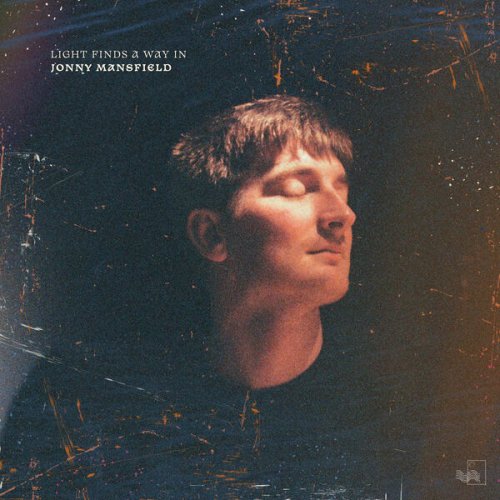
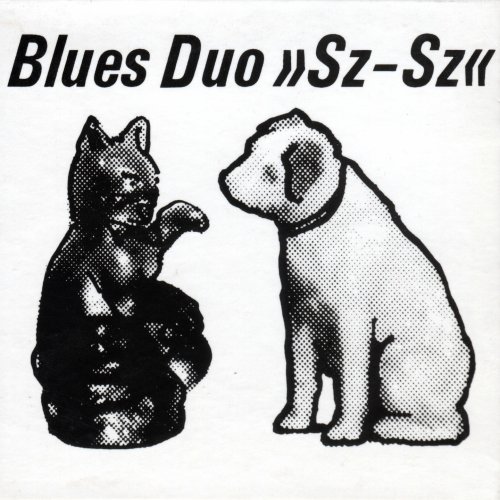
![Tomasz Stańko - Zamek mgieł (Polish Radio Sessions vol. 3/6) (2025) [Hi-Res] Tomasz Stańko - Zamek mgieł (Polish Radio Sessions vol. 3/6) (2025) [Hi-Res]](https://www.dibpic.com/uploads/posts/2025-12/1765795906_cover.jpg)
